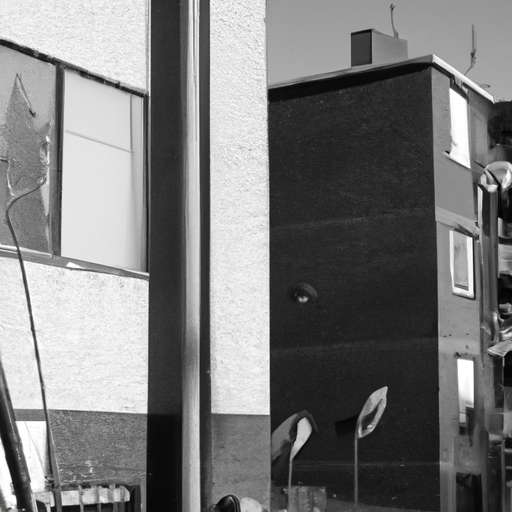Alberta’s Efforts to Combat the Opioid Crisis
Hello, dear readers! As you know, an important topic we frequently discuss here on our blog is Canada’s ongoing efforts to tackle the opioid crisis that’s affecting our communities. Our focus today is a heart-wrenching but hopeful piece recently published by Global News, which spotlights Alberta’s battle against opioid dependency and what’s happening on the ground.
Lives in crisis: The scope of the issue
The opioid crisis in Alberta, as in many parts of North America, is more than just statistics and data. It’s a personal, devastating reality that affects both urban and rural areas. Ugly side effects, including homelessness and crime, ripple through our communities, magnifying the destructive consequences of this crisis.
The Government’s Response
The Alberta government has undertaken several initiatives to tackle the opioid crisis, most notably the implementation of open-opioid dependency programs (ODP). These publicly funded centers offer treatment to Albertans suffering from opioid addiction. Patients receive essential medical aid, including suboxone and methadone, two effective yet government-regulated medicines.
Private Care Centers: A Ray of Hope?
Unexpectedly, a major part of this Global News report sheds light on the work being done by private care centers. In the wake of the opioid epidemic, private addiction treatment facilities have emerged as a key player in the struggle to control this crisis.
Many Albertans fighting addiction seek help from these facilities, often because there are limited available spaces in government-run centers. For those able to afford the costs, these private institutions provide a much-needed lifeline. The details presented by Global News demonstrates the value these centers bring to the crisis the state is currently grappling with.
Key Take-Aways from the Article
- Alberta, like much of Canada and North America as a whole, is in the grips of a serious opioid crisis.
- The crises is responsible for multiple socio-economic problems, including increased crime rates and a surge in homelessness.
- The Alberta government has launched open-opioid dependency programs in an attempt to combat the crises.
- Private addiction care centres have emerged to help meet the treatment demand, offering expensive yet effective alternatives for those unable to wait for a spot at a public facility.
The Roadblocks
While the efforts of these private institutions are commendable, they do not come without issues. Chief among them is cost. The price of these treatments, in addition to their limited reach, hinders the overall effectiveness of these centers. For those impacted by the opioid crisis, affordability is often a barrier to accessing needed care.
The Future of the Fight Against the Opioid Crisis
As we look ahead, it’s clear that collective, concerted action is the key to resolving Alberta’s opioid crisis. Addressing this crisis requires a comprehensive and inclusive approach that encapsulates public and private institutions alike, while offering better accessibility and affordability to those most in need.
Can Naloxone Help?
A hot topic in the fight against the opioid crisis is naloxone, a medication used to block the effects of opioids. Naloxone distribution has been widely discussed and implemented in some quarters, and will undoubtedly have a pivotal role in combatting the opioid crisis. Stay tuned as we keep you informed about the promise naloxone holds for helping those affected by opioid addiction.
In Conclusion…
While the opioid crisis in Alberta is a devastating and complex issue, understanding it is crucial to countering it. Public and private entities play distinct roles in this battle, and the gap between them remains a significant challenge. Equal access to opioid treatment continues to be a pressing issue, and we’re hopeful that newer strategies and medications like naloxone will be game changers in this ongoing struggle.
Remember, stay informed and vigilant. Let’s join forces to prevent this crisis from claiming more of our fellow Canadians. Until next time, dear readers, stay safe!


